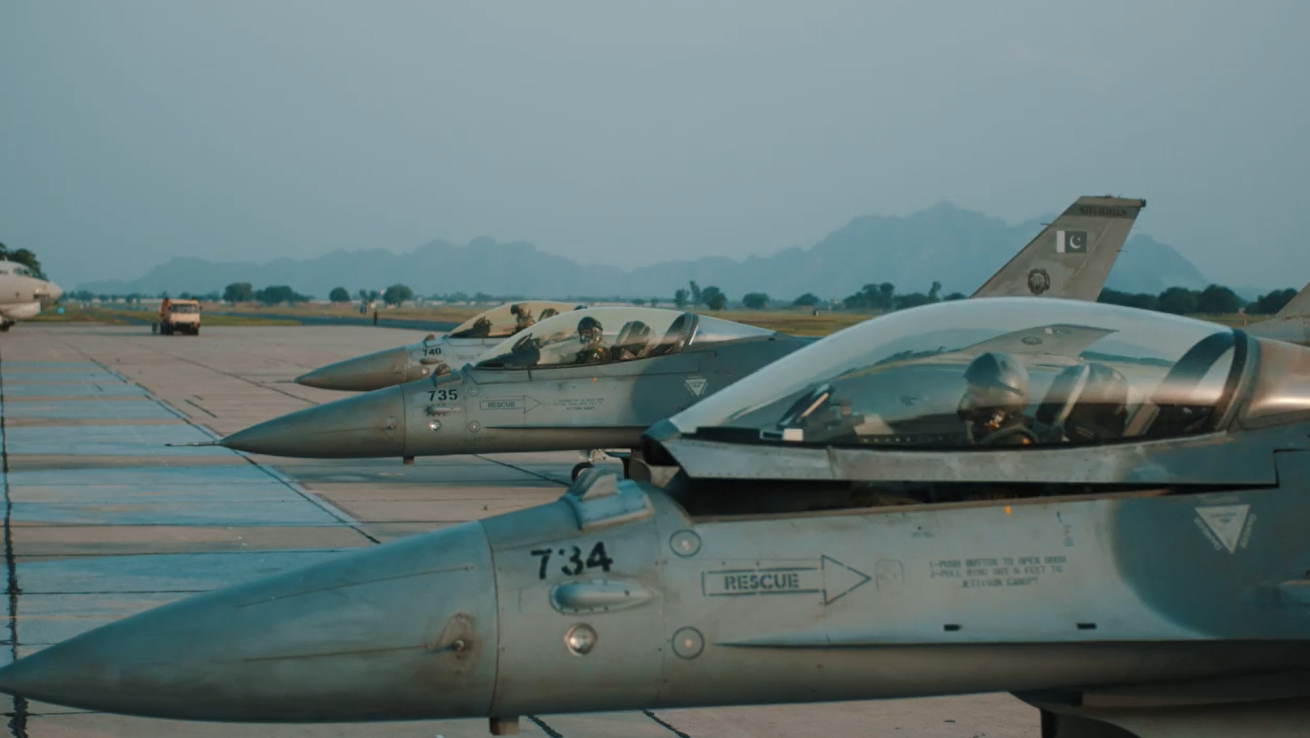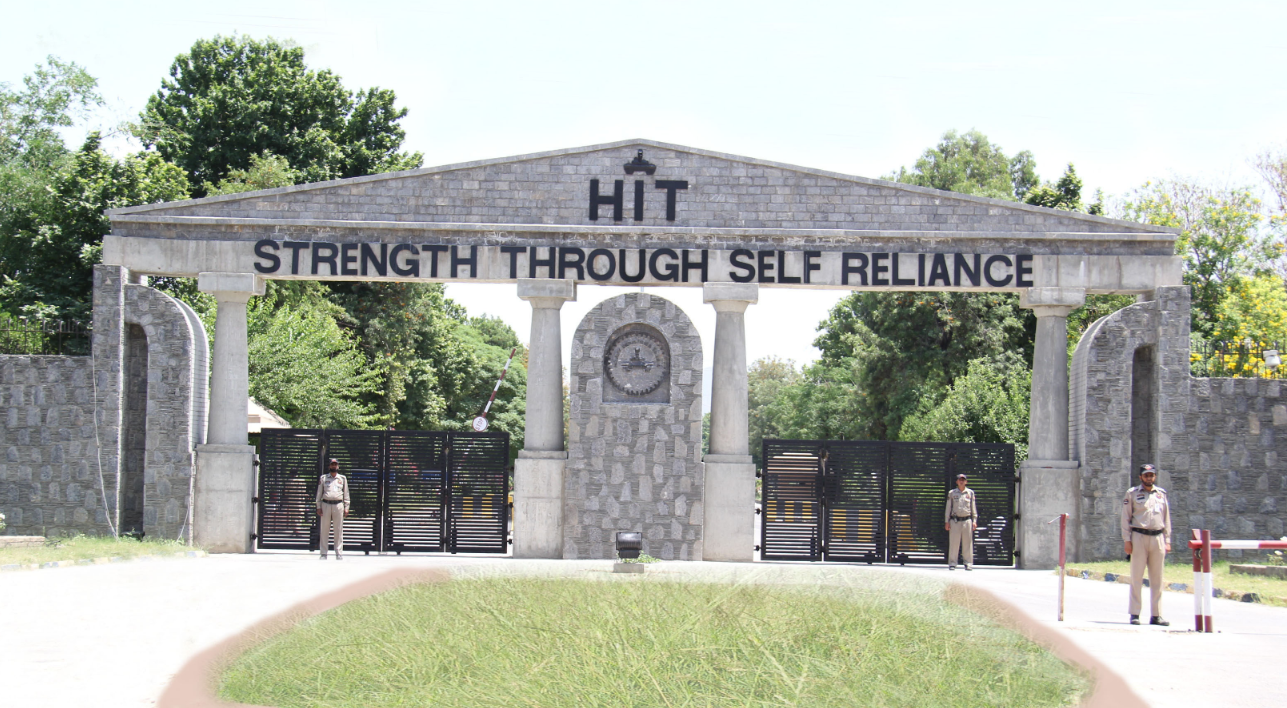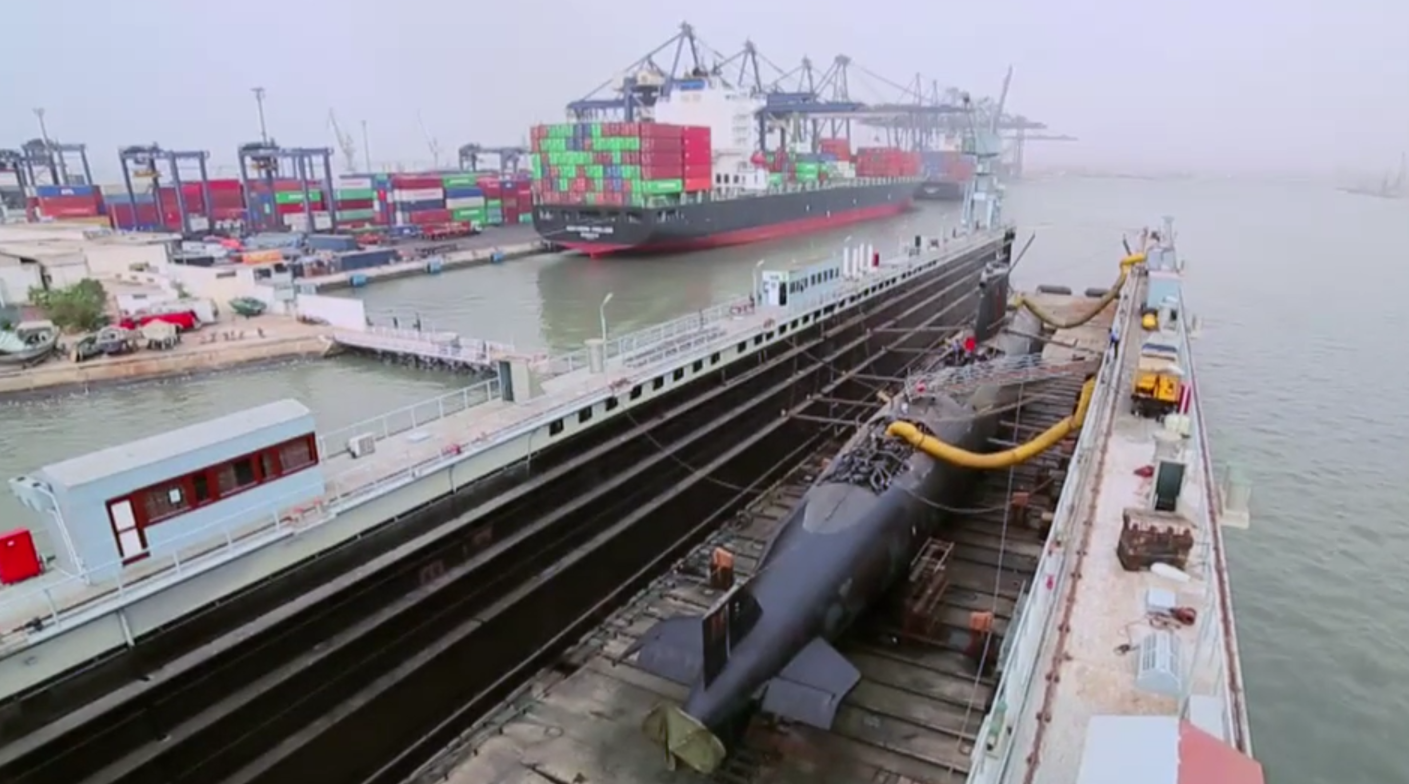2775Views 11Comments

This Week in Review: The Value of Used Armaments
Every weekend, Quwa will close the week’s news with a review and analysis with the aim to tie together several topics into broader themes. It is an opportunity to reflect upon and discuss issues in a way where key trends are identified and individual news topics are connected into a “bigger picture.”
The Value of Used Armaments
‘Why is Pakistan trying to buy used aircraft?’ is an increasingly common question, especially in response to articles reporting Pakistan’s apparent interest in surplus military equipment, such as Jordanian F-16s. At the most basic level, the answer is essentially one of trying to control costs, or more accurately, meeting one’s increasingly demanding defence needs on a relatively restrictive budget.
This is not just the reality for Pakistan, but an increasing number of countries, especially in the developing world. The cost of current generation equipment, especially from the West, is steep, and the age of building sizable quantities of such arms has largely dissipated in the face of such costs. However, it would be a disservice to the topic to simply paint the pursuit of used equipment as simply one of not being able to afford new-built goods. Such a position actually ignores the inherent value of certain used equipment, particularly when positioned to the specific needs of each military (i.e. a case-by-case basis).
One of the gravest errors an analyst can commit in their writing is the act of arguing in broad strokes, and in making sweeping conclusions about a topic without looking at the specific merits of the case. However, this is a common occurrence, especially when one lacks specific knowledge about the inherent value of a system, its improvement over existing systems in use by the buying country, and its relative effect in that country’s environment. To be fair, the narrative currents flow both ways (i.e. ‘for’ and ‘against’), but this is an attempt to identify reasons why both perspectives exist, especially in the case of Pakistan (i.e. the issue area of interest to most of Quwa’s readers).
A reasonably plausible topic of the day is Pakistan’s pursuit of used or surplus F-16s, namely from third party users such as Jordan and countries in Western Europe (e.g. Belgium, Denmark, the Netherlands, and Norway). With the U.S. Congress’s refusal to release Foreign Military Financing (FMF) support to partly subsidize a proposed sale of eight new-built F-16C/D Block-52+ to the Pakistan Air Force (PAF), many had believed that the so-called “F-16 Chapter” was closed, for good (see: With no FMF support, Pakistan opts out of F-16 deal).
However, used F-16s still remain on the radar; Jordan recently listed as many as 15 of its F-16A/B Block-15 Mid-Life Update (MLU) units for sale, and Pakistan will certainly pursue them (see: Jordan has put up 15 F-16A/B MLU for sale (to Pakistan?). When observed from the perspective of India, which has and still feeds its air force with new-built assets such as the Su-30MKI, some have asked, “why is Pakistan going after ‘junk?’”
From the perspective of those who support such purchases (of used F-16s), the rationale stems from a number of crucial facts. First, the PAF already possesses the maintenance and operational infrastructure to readily induct new F-16A/B Block-15s (and Pratt & Whitney powered Block-32/42/52) with negligible added costs. Remember, inducting a new fighter platform is a costly process as it entails the procurement of not just the fighter planes, but the supporting infrastructure to sufficiently operate them, personnel training, and harmonization with existing assets.
The F-16A/B and to an extent C/D fleets within the PAF can be scaled with relative ease, which is an important gain when looking at another aspect – a reasonably good quality asset. Yes, the Viper platform is in its sunset age, but this does not mean that cheaply acquired Vipers do not offer a strong qualitative jump. One need only look at the PAF’s current fighter fleet, which is still largely comprised of legacy F-7Ps (i.e. Chinese MiG-21) and Dassault Mirage III/5s. The F-16 MLU and Block-52+ are contemporary fighters, especially in South Asia, and as such carry considerably more qualitative value compared to F-7s. If they are procured cheaply, then why is their addition seen in negative light?
The contrarian view will refer to the reality of Pakistan’s relationship with the U.S. It is valid to question why the PAF is broadening its dependence on U.S. hardware, especially when the U.S. has done little to nothing to support the PAF’s needs against external state level threats. From the perspective of having to pay for new-built F-16s – i.e. a hefty $70-80 million a unit – this is a fully valid stance, one that does not even need qualification (among those familiar with the nature of U.S.-Pakistani ties).
But from the purview of used F-16s, it is less strong. The PAF can – and will – procure used F-16s from third party sources, and the addition of mothballed airframes ensures that a larger bulk of one’s F-16s can fly, even under sanctions (thanks to a larger pool of accessible spare parts, namely from cannibalizing other airframes). If the original manufacturer (i.e. the U.S.) blocks this avenue, then that is the end of the entire discussion, the PAF can no longer pursue used F-16s and is not a realistic area of study. It remains to be seen if the U.S. will act to block other states from selling surplus F-16s to Pakistan. Remember, the U.S. still approved the sale of new-built F-16C/Ds to Pakistan, but it was Congress that stopped the use of FMF to discount the cost of those fighters.
On the other hand, the discussion of the Pakistan Navy seeking used submarines could be very different. In this case, one could reasonably argue that it would not be a good idea to acquire such used ships. For example, depending on the make, source and age, there may be a significant cost to retrofitting and upgrading the vessel, which in turn may not offer much of a capability boost. Other issues, such as the risk of unforeseen teething problems, such as fractures in the hull (necessitating a deeper level of repair), could result in the purchase of used submarines being very costly and unfeasible.
Interestingly, the seemingly growing market of used equipment, especially hardware that – while old – is still relatively advanced to some countries, has spurred the creation of what could be the ‘entry level’ of the global defence industry. For example, in the utility and transport helicopter market, Airbus and Lockheed Martin are using older platforms such as the Super Puma and Black Hawk, respectively, to create modernized but very affordable solutions (see: Airbus forecasting strong market for H215 Super Puma). For example, the Airbus Helicopters H215 Super Puma is to cost $16 million a unit, a fairly reasonable price for a mature and widely adopted platform. Granted, these versions of the Puma and Black Hawk line eschew the valuable electronic warfare (EW) suites and weapons configurations, but they are not meant to address those needs. Instead, they are meant to fulfill the requirements of those who require a basic utility platform for transport, search and rescue, policing, and other low-threat environment tasks.
In a sense, Pakistan attempting to do the same with the JF-17 Thunder. Granted, one is not looking at the paragon of aeronautical achievement in the Thunder. However, it brings the same capabilities found on modern platforms (e.g. beyond visual range air-to-air warfare, precision air-to-ground strike capability, electronic warfare and countermeasure suites, etc), but at a markedly lower acquisition cost. The cost differential will be more stark when the Block-III, with its active electronically-scanned array (AESA) radar, comes to fruition, but this is a factor of the future, not the present. The PAF has fighters in need of phasing out in the short term, well before the Block-III is available, and in parallel with the Block-II.
The new ‘entry level’ can impact the future of the defence industry, perhaps as soon as the next three to five years, thus rendering surplus equipment as less valuable. With the H215 Super Puma, T-70 Black Hawk, JF-17 Thunder, Z-19E lightweight attack helicopter, and others, it would be an interesting space to watch.



11 Comments
by bla bla
@Bilal Khan
Some piece of article on Chinese up coming type 98 Nuclear submarines Chinese are claiming its a game changer under water with no acoustic signature and noise it cannot be detected
by Khalid Riaz
The existence of support infrastructure as a reason for continuing to procure (used) F16s is not very convincing. The PAF is not really buying the mothballed airframes for cannibalization although that would become a default choice if sanctions were imposed. The used planes are to be upgraded to block 52 standards. So the real motivation of the PAF is to scale in what it believes to be the qualitative dimension.
The question is, if US is not a reliable supplier, why do we want to scale in a way that only increases our reliance on that country?
It is not enough to note that the Congress only blocked the subsidized FMS, not the new built fighters. US is capable of doing anything that suits its transient interests. The 28 F16s that Pakistan paid for were not delivered and the money was not returned. In the past, Pakistan has faced US sanctions on F16 spares, and in 1965 even on ammunition and military stores. The first episode severely hampered the operational preparedness of the airforce while the second caught Pakistan by surprise in the middle of a war. US even stopped friendly countries from supplying Pakistan from their own military stores. Even now, the US denies Pakistan the choice of weapon systems on the platforms it has sold.
So alright, the cost of scaling the F16 program is lower compared to the cost of inducting a new fighter. That however begs the question why PAF continued investing in the F16 infrastructure? After the spat with US over the 28 undelivered planes, the military planners could have decided to cut their losses and look for alternatives. They did not.
It is not hard to find the reasons for this state of affairs provided one is honestly look for an answer. The bitter truth is that the country does not have, and has never had, a long run security doctrine that enjoys broad-based support of all stakeholders.
The national security thinking has lurched from one crisis to another, all of which were anchored in great powers’ strategic calculas: the cold war, the Soviet invasion of Afghanistan, the post 9/11 US invasion of Afghanistan. Despite being located in a strategically important region of the world, Pakistan never really developed a long run perspective in how it would deal with the strategic contingencies when they arose.
There was little synergy between great powers’ strategic objectives and Pakistan’s security interests. However, there always was a good deal of opportunitism by the ruling elites, particularly the military dictators.
All the three episodes of close alignment with the US occured when military rulers were at the helm of the affairs. They saw alignment as an opportunity to perpetuate their rule.
The weapon system choices were a result of expediencies of alignment rather than any strategic thinking aimed at reducing Pakistan’s vulnerability to the changing super power interests and regional security dynamics. It is no surprise that the only exception to this general pattern was the nuclear program started by ZA Bhutto, a civillian politician.
So if we find ourselves with almost twice the number of F16s than were included in the original FMS package of the 1980s, the underlying reason is neither the irreversibility of investments in specialized infrastructure, nor any precautionary motive (possible need for cannibalization of airframes). It is the result of opportunitism of some of our earstwhile rulers, and our failure as a country to look far enough ahead, for long enough.
by U
Agreed with almost every thing and I believe they are doing the same shit with those Turkish adopted attack choppers. History will repeat itself.
by Mohsin E.
I wouldn’t be so quick to give all the credit for the nuclear program to Bhutto, who thought he was God’s gift to the world, and loved to take credit for everything, while ignoring all the critical strategic errors he made. I would give more credit to the scientists like Salam and Munir Khan who really mentored the program and did the actual work. Bhutto just happened to be at the helm during this period in the 70’s when India started its nuclear program and we had to respond. If it wasn’t Bhutto, it would’ve been someone else. What was irreplaceable though, were scientists like Salam and Munir Khan, despite the PR image of Bhutto being the saintly fountainhead of everything good in Pakistan’s history.
By the way, Bhutto was the one who convinced Ayub to launch the 1965 war (which strategically crippled Pakistan). So let’s not go crazy by lauding praise on Bhutto, who was an extreme narcissist and egotistical maniac, with little actual strategic insight. Bhutto actually believed that if Pakistan liberated Kashmir via the LOC, India won’t counter-attack in Punjab… probably the dumbest plan any pakistani leader has ever made. That doesn’t say much for Ayub either who actually listened to this retarded idea, despite the warnings of his own general staff… Bhutto also played a very detrimental role in his dealings with Mujib-ur-Rahman during the negotiations, that ultimately led to the ’71 war…. Mazari in his book (A journey to disillusionment) blames Bhutto for ’71 even more than the Army, and Mazari was fiercely anti martial law.
In any case, your overall argument that the Pakistani military leaders have been more incompetent than the civilian leadership is incorrect. ALL our leaders have been complete idiots, period. Except, of course, Jinnah, but even he made some critical errors that we’re still paying for today. But in Jinnah’s case, the good far outweighs the bad…
by Salman Khan
Two are rumored to be in construction. First things first, I’d say it looks really cool.
by Quraishi
This is a joke, defense is vitally important to every nation, and countries selling their used assets in itself means they r useless, and especially in this era no one will be willing to sell their top tire stuff.
No matter which angle one come to it, there wont be any strong defense without a stable, and strong long term economy.
How much will Pakistan seek to patch with used stuff here and there, one day rather soon it just wont be enough.
by Bilal Khan - Quwa
Just because used equipment is useless to the seller, it does not mean that the equipment is inherently useless, especially if it is the hands of someone with lesser requirements.
The U.S. can’t maintain global dominance with aging F-16s, but it’d be grossly erroneous to say that F-16s are not of relative benefit to Pakistan, which operates even less capable F-7s and is up against even older MiG-21s and MiG-23s. Sure, it doesn’t change the threat posed by the MKI, but it doesn’t negate a used F-16’s value in other areas either.
Secondly, no one said that used equipment are the complete solution, rather, used aircraft (or vehicles or other systems) are answers for specific problems.
by Bilal Khan - Quwa
You can chalk all of that up to a lack of strong, visionary and sincere political leadership. One cannot expect the armed forces, who are in reality just bureaucrats with a very specific mandate, to define long-term policies, be it national security, or foreign policy (which should drive national security).
When that leadership is non-existent, the Air Force will simply try to fulfill its specific needs within whatever mandate it has at present. If by some miracle Pakistan gets a visionary political leadership with a goal for proactive foreign policy and use of muscle in the region, then it will mandate the PAF to be a much bigger and – most importantly – sanction-proof force. Moreover, it will not tolerate dependence on the U.S., since it’d run against its long-term policy goals.
by Khalid Riaz
Mostly agree Bilal. We could do more hair-splitting by getting into civil-military issues but that would be unnecessay. The bottom line is, as you have put it, better *vision* was needed to make PAF more sanction proof.
by Mohsin E.
understood and agreed, thanks for clarifying.
by Quraishi
This is the whole issue, solving problems would lead nowhere, if there is no internal clear vision.
One can never solve problems, there will always be more and more problems upcoming more then which one can solve and resolve.
Upcoming equipment will be even more expensive, without sufficient $$$ all patching solutions effect is fading fast.